OVERSTEER ROAD TEST: Hyundai i30 Elite
The small hatch segment is an ultra-competitive market where the weak are quickly cast to one side. The Hyundai i30 has been a consistently strong performer in a segment dominated by the all-conquering Toyota Corolla, but also features the impressive Ford Focus, VW Golf and Mazda3. Now there is a new one. We take a look…
The original i30 was a big hit for Hyundai and was, arguably, the first small hatch from the Korean peninsula that could truly stand toe-to-toe with the obvious Japanese competition.
So when it came to replacing it, Hyundai was no doubt faced with something of a dilemma; does it simply tweak the old car, updating the styling and jamming in some new engines and transmissions? Or does it start again and design a whole new car?
Both have their risks and rewards. Don’t mess with a winning formula and you won’t upset existing customers, but you risk a backlash of being accused of not trying hard enough. Start again and you risk alienating existing customers if you go too far, but if you pull it off properly, you will leap to the pointy end of the segment and gain even more acclaim and (hopefully) sales.
Never to be ones to shirk from a challenge, Hyundai chose the latter when it came to the replacement of the i30 and simply chucked out the old car and started again. With impressive results…
Outside
Whereas the old i30 was a handsome, if generic hatch, the new i30 has thrown out ALL the styling cues from the last car and gone for a swoopy new look in keeping with the rest of the new Hyundai line up.
The now-familiar Hyundai corporate family nose features strongly here and sits comfortably with the aggressive curves of the rest of the car, giving the i30 a relentlessly modern look, yet not one that will scare off more conservative buyers. This is a very delicate balancing act and one that Hyundai has pulled off brilliantly here.
The very distinctive headlights and taillights are another area that Hyundai has managed to be adventurous in a styling sense and managed to pull it off elegantly and in a way that gives the i30 a very individual and identifiable character, even in the dark.
Our Elite model you see here comes with the brilliant 17-inch alloys that complimented the i30’s creasy sides beautifully with their shiny chrome highlights. While silver is not the i30’s best colour – it looks stunning in red and sexy in dark blue – it does work very well with the shiny bits on the wheels.
Inside
Interiors are where Hyundai have really cranked up their game of late, and the i30 is no exception. Reminiscent of bigger-brother i40’s insides, the i30’s interior is a riot of distinctive Hyundai design cues. From the Ford Fiesta-like stereo/HVAC centre section of the dash to the blue backlighting of the main instruments, to the sexy swooping line that runs through the doors and onto the dash (particularly noticeable on the passenger’s side) – the whole thing reeks of the same clever balancing act as the exterior that keeps things fresh, interesting and modern, while staying just this side of going silly with it.
Hard plastics are kept to an admirable minimum in here and the general quality of materials used is of a high standard indeed. The leather of our Elite model feels of a higher quality than most Korean cars, but still lacks the ultimate luxury of Euro leather.
The up-spec Elite model also drops the lever-operated parking brake for an electric one. While this frees up space in the centre console to pipe air conditioning through to rear seat occupants, we here at Oversteer are still not fans of the electric park brake. And not just because you can’t do handbrake skids with them either…
While there are a few spots in the interior that lack ultimate polish – there are still some nasty plastics tucked in out of the way places that you occasionally come into contact with, and some of the buttons feel a bit dodgy at times – the overall effect is very impressive indeed and certainly up there with the Japanese opposition.
Under the Bonnet
Despite the badge on its rump that proclaimed it to be diesel, our i30 Elite came packing the new 1.8-litre petrol four cylinder engine that has effectivey replace the old car’s 2.0-litre four.
Boasting more power and torque, yet lower emissions and consumption than the old 2.0-litre, the 1.8 is a strong, convincing engine that performs well and is only slightly let down by its droning, bland character. Around town this isn’t really noticeable, but open it up on the open road and is sounds flat, slightly strained and boring.
Its performance is fine however, and the 1.8 pulls the i30 around with a perky feel that the sound utterly lacks.
The six-speed automatic transmission is a slick operator with well-chosen ratios that works well with the engine and the whole powertrain plays nicely together to produce more than respectable performance from the little i30.
On the Road
The little Hyundai comes up grinning here too, with a nice balance between ride and handling, without any major compromises in either direction. Ride quality is very good, although it can become slightly unsettled over rough surfaces.
Handling is impressively neutral, with little in the way of unexpected surprises to spring on the unwary. It is a confident and willing handler that can be surprising fun on a winding road.
The Flex Steer system allows the driver to select the weighting of the steering via a button on the wheel. Comfort, Normal or Sport can be selected with increasing weighting for each. Quite why Hyundai have chosen to do this rather than, say, an automatic speed-dependent variable set up is slightly mystifying. It gives the driver more control over the weighting, but generally you find yourself playing with it a few times then leaving it in Normal.
The steering is welcomely absent of the slight vagueness and irritating rack rattle of previous Hyundais and Sport mode, while feeling slightly artificial, still has a nice feel to it, and a surprising amount of feedback present.
Verdict
The Hyundai i30 is an impressive entrant into the uber-competitive small hatch segment. Easily the best Korean in the segment, it even outpoints most of its Japanese competitors in terms of quality, equipment and styling.
The up-spec Elite model is loaded with kit that is usually seen on far higher-priced, larger cars and while the asking price is now most definitely near the top of the segment, it still represents good value for money.
Hyundai’s move from the entry level of any given segment to having the confidence to price its top-spec hatch at the pointy end of the market has happened remarkably quickly and shows the huge advances Hyundai has made in recent years.
And going off recent models, but especially the i30, that confidence is most certainly not misplaced.
Hyundai i30 Elite Specifications
Price: $39,990
Body type: 5-door hatch
Drive: Front-wheel drive
Engine Type: Four-cylinder petrol
Engine Capacity: 1797cc
Max power: 110kW @ 6500rpm
Max torque: 178Nm @ 4700rpm
Fuel Consumption: 6.9L/100km
C02 emission: 164g/km
0 to 100kph: n/a
Front suspension: Double wishbone
Rear suspension: Multi-link
ABS Brakes: Yes
Air Bags: 7
ESP: Yes
Air Conditioning: Dual zone climate
Lap/diagonal belts: 5
Satellite Navigation: No
Electric seats: Yes
Burglar Alarm: Yes
Panic Button: No
Wheel type: 17-inch alloy

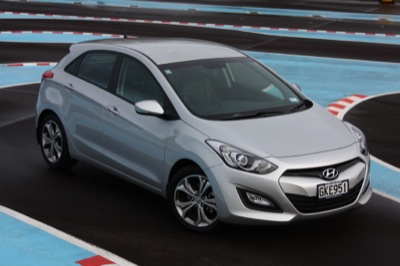
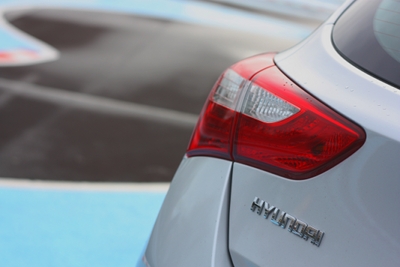
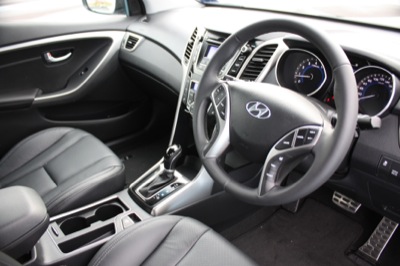
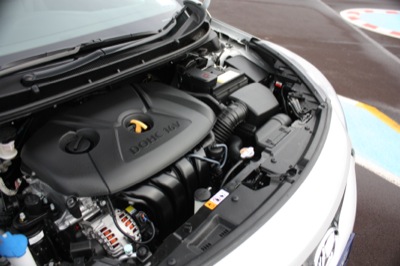
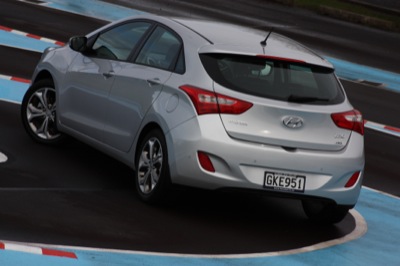
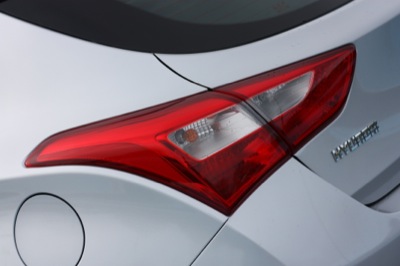

You must be logged in to post a comment.